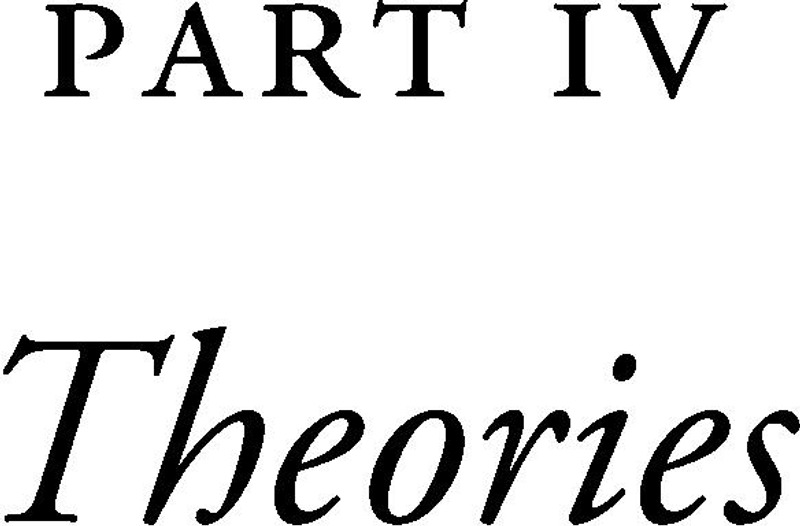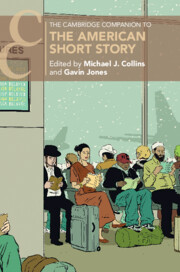Book contents
- The Cambridge Companion to the American Short Story
- The Cambridge Companion to the American Short Story
- Copyright page
- Contents
- Figures
- Tables
- Contributors
- Chronology
- Introduction
- Part I Contexts
- Part II Histories
- Part III People and Places
- Part IV Theories
- Notes
- Further Reading
- Index
- Cambridge Companions to…
- References
Part IV - Theories
Published online by Cambridge University Press: 11 May 2023
- The Cambridge Companion to the American Short Story
- The Cambridge Companion to the American Short Story
- Copyright page
- Contents
- Figures
- Tables
- Contributors
- Chronology
- Introduction
- Part I Contexts
- Part II Histories
- Part III People and Places
- Part IV Theories
- Notes
- Further Reading
- Index
- Cambridge Companions to…
- References
Summary

- Type
- Chapter
- Information
- The Cambridge Companion to the American Short Story , pp. 267 - 357Publisher: Cambridge University PressPrint publication year: 2023

